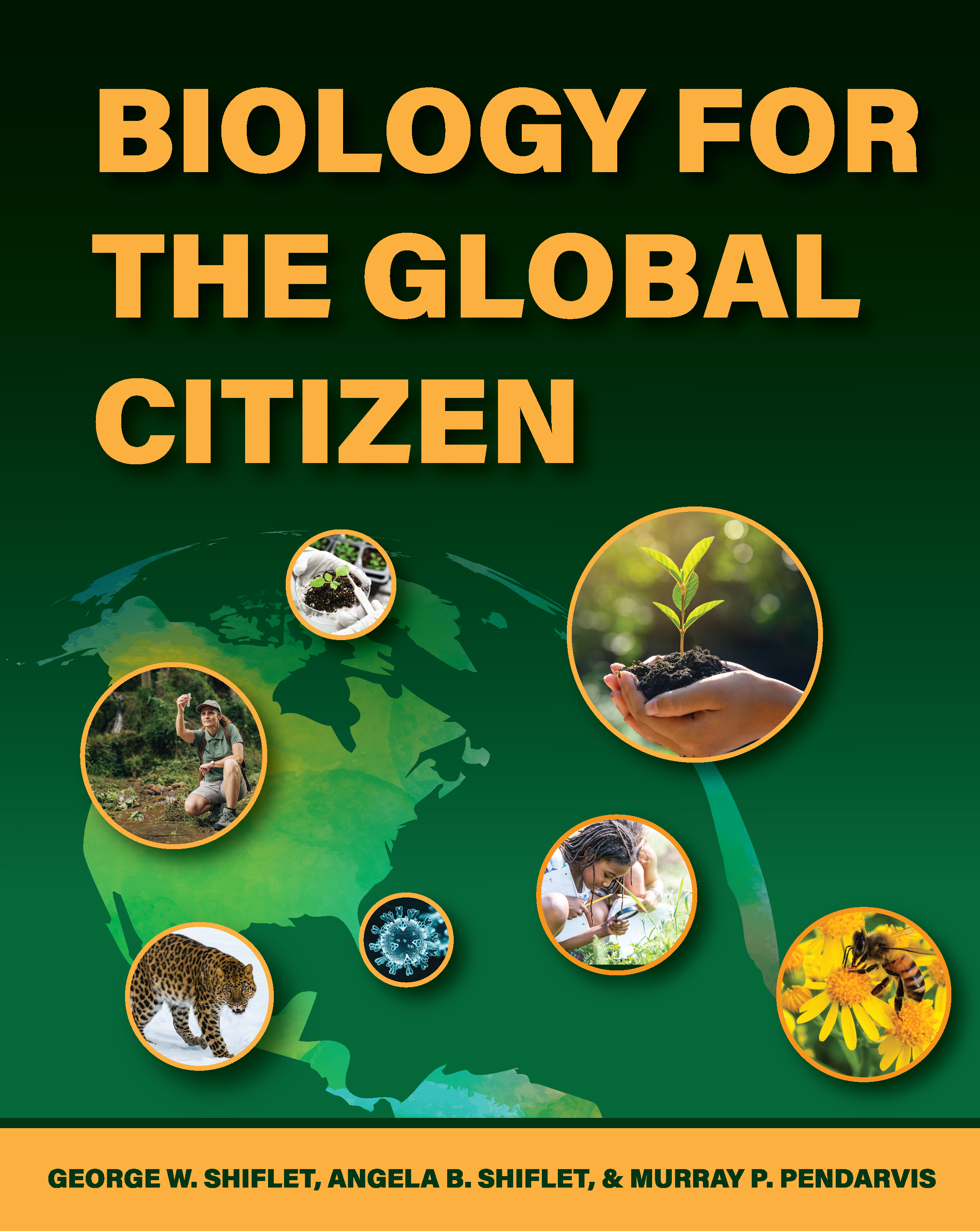in Science

|
What's News in Science 
|
Some Good News on Climate from the UK
by George Shiflet
|
During the fall, 2024, a coal-fired power station (Ratcliffe-on-Soar) was closed, the last of its sort in the United Kingdom (Figure 1). No longer will you see the familiar steam and smoke being disgorged from the cooling towers and the chimney that have been architectural characteristics of the surrounding area for decades. Over the next two years, the plant must undergo a formal retirement process, accompanied by some tearing down. The degree of demolition will depend on the future use of the site. One possibility is to turn the site into a battery energy storage system (BESS). The idea is for these very large collections of batteries to store excess energy generated by various renewable systems (e.g. wind, solar) for use when needed. These sources of energy don’t emit greenhouse gases, which should help in the fight against climate change.

Figure 1. Power station with train of coal
Copyright © MaltaGC at https://commons.wikimedia.org/wiki/File:Ratcliffe-on-Soar_Power_Station_with_coal_train,_26th_March_2007.jpg
Wind and solar have many environmental advantages, but they may not be consistent enough to meet the needs of power grids. Winds are intermittent and variable in their speeds in most areas, and there is no sunlight at night and diminished light under heavy cloud cover. Batteries, however, can store the excess energy from these sustainable sources and provide energy upon demand. Consequently, battery storage facilities on sites of retired fossil fuel-generated sites are quite practical. Some of the abandoned infrastructure can be used as locations for the batteries, reducing the need for input of large quantities of concrete (cement, plus various amounts of sand and gravel). Cement production is responsible for about 8 percent of the global emissions of carbon dioxide (CO2)3,9. Moreover, additional transport to the building site, which produces more greenhouse gases, is unnecessary. Even more convenient, from the former plant, the grid is already in place for connection with the batteries.
Why are these conversions so important? The use of fossil fuels to meet our energy needs has some very negative impacts on the environment and on human health. Below is a list of some of those major effects, with some useful references that detail specific impacts and links to their websites.
Fossil fuels impacts:
A solid introduction to this topic is in the following report from the Union of Concerned Scientists.
UCS (Union of Concerned Scientists). 2016. Reports and Multimedia/Explainer. The Hidden Costs of Fossil Fuels. https://www.ucs.org/resources/hidden-costs-fossil-fuels
Toxic Emissions - air pollution
The emissions from the combustion of fossil fuels are what we usually consider in the context of air pollution, but the emissions can also emanate from activities associated with acquiring the fuel, transporting it to processing sites, and the processing itself. The effects on human health and the environment are considerable.
Denchak, Melissa, contributor. 2022. “Fossil fuels: the dirty facts." Natural Resources Defense Council. https://www.nrdc.org/stories/fossil-fuels-dirty-facts?gad_source=1&gbraid=0AAAAAD_meu987a9-V_n1xnfoTejblgIaf&gclid=EAIaIQobChMI_cyh34bJiwMVyChECB298yf2EAAYASAAEgKNjfD_BwE
Gasparotto, Juciano, and Kátia Da Boit Martinello. "Coal as an energy source and its impacts on human health." Energy Geoscience 2, no. 2 (2021): 113-120
Degradation of the land and water
The fossil fuel industry uses leased lands to obtain a particular fuel. The work takes a huge toll on the ecosystems where fossil fuels are extracted. Structural damage, erosion, toxic runoff, water pollution, etc. make enormous damages on the surrounding ecosystem, including human communities (Figure 2).
Govorushko, S. "Environmental problems of extraction, transportation, and use of fossil fuels." Fossil fuels: sources, environmental concerns and waste management practices (2013): 1-84.

Figure 2. Aerial view of a coal mine stripping area showing how the surface layer of soil, slack (fine coal) & bone coal (defective, had not fully formed yet) is stripped back to expose coal which is surface mined.
Source: Department of Agriculture, https://commons.wikimedia.org/wiki/File:Photograph_of_Aerial_View_of_a_Coal_Mine_Stripping_Area_-_NARA_-_2128901.tif?page=1
1 Denchak, Melissa, contributor. 2022. “Fossil fuels: the dirty facts. Natural Resources Defense Council. https://www.nrdc.org/stories/fossil-fuels-dirty-facts?gad_source=1&gbraid=0AAAAAD_meu987a9-V_n1xnfoTejblgIaf&gclid=EAIaIQobChMI_cyh34bJiwMVyChECB298yf2EAAYASAAEgKNjfD_BwE
2 Driver, Justin G., Ellina Bernard, Piera Patrizio, Paul S. Fennell, Karen Scrivener, and Rupert J. Myers. "Global decarbonization potential of CO2 mineralization in concrete materials." Proceedings of the National Academy of Sciences 121, no. 29 (2024): e2313475121. https://www.pnas.org/doi/full/10.1073/pnas.2313475121
3 Editorial. Concrete needs to lose its colossal carbon footprint. Nature 597, 593-594 (2021)
4 Epstein, P.R.,J. J. Buonocore, K. Eckerle, M. Hendryx, B. M. Stout III, R. Heinberg, R. W. Clapp, B. May, N. L. Reinhart, M. M. Ahern, S. K. Doshi, and L. Glustrom. 2011. Full cost accounting for the life cycle of coal in “Ecological Economics Reviews.” Ann. N.Y. Acad. Sci. 1219: 73–98. https://www.nexteraenergycanada.com/content/dam/neecanada/ca/en/pdf/goshen-wind-energy-centre/consultation-report/13_Consultation_Rpt_AppA8_1.pdf
5 Gasparotto, Juciano, and Kátia Da Boit Martinello. "Coal as an energy source and its impacts on human health." Energy Geoscience 2, no. 2 (2021): 113-120. https://www.sciencedirect.com/science/article/pii/S2666759220300500
6 Govorushko, S. "Environmental problems of extraction, transportation, and use of fossil fuels." Fossil fuels: sources, environmental concerns and waste management practices (2013): 1-84. https://www.researchgate.net/profile/Sergey-Govorushko/publication/286228189_Environmental_problems_of_extraction_transportation_and_use_of_fossil_fuels/links/5795495008aec89db7aaf3a2/Environmental-problems-of-extraction-transportation-and-use-of-fossil-fuels.pdf#page=11
7 Marshall, Michael. September 30, 2024. The UK coal-fired power station that became a giant battery. BBC. https://www.bbc.com/future/article/20240927-how-coal-fired-power-stations-are-being-turned-into-batteries
8 Perera, Frederica. "Pollution from fossil-fuel combustion is the leading environmental threat to global pediatric health and equity: Solutions exist." International journal of environmental research and public health 15, no. 1 (2018): 16. https://pmc.ncbi.nlm.nih.gov/articles/PMC5800116/
9 Tigue, Kristoffer. 2022. Concrete is Worse for the Climate Than Flying. Why Aren’t More People Talking About It? Inside Climate News. https://insideclimatenews.org/news/24062022/concrete-is-worse-for-the-climate-than-flying-why-arent-more-people-talking-about-it/?gad_source=1&gbraid=0AAAAADogIi0zQbGpioE0JCFj_aT788YPo&gclid=EAIaIQobChMI-djQqbPNiwMVGkZ_AB2U_Qv9EAAYAiAAEgJC3_D_BwE